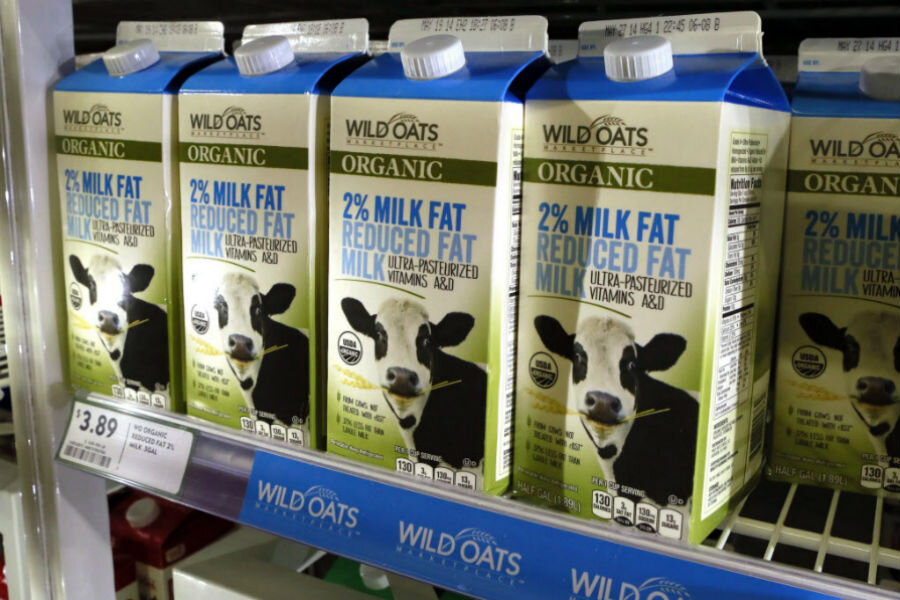Organic industry growth breaks record
Loading...
According to the Organic Trade Association’s (OTA) 2016 Organic Industry Survey, 2015 was a record-breaking year for the U.S. organic industry. As its largest annual dollar gain ever, total organic product sales hit US$43.3 billion in 2015, up 11 percent from 2014 sales.
The number of consumers choosing to purchase organic products over their conventional counterparts is rapidly expanding for a variety of reasons. Some eaters are concerned about the environmental impacts associated with conventional methods of agricultural production, while others worry there could be health implications related to pesticide use and genetically modified organisms. And, some consumers choose organic because they believe it to be the healthiest option. Whatever the reason, consumer demand for organic products has been growing by double digits each year since the 1990s, and a recent Consumers Report survey showed that 84 percent of American consumers would purchase an organic product over the same conventional product.
The unfettered growth of the organic market has been constrained by supply chain challenges, as U.S. agricultural production cannot meet the ever-growing demand for organic products. According to a State of the Industry Report by the OTA, organic sales account for almost five percent of the total food market, yet less than one percent of U.S. cropland is used for organic agriculture. More growers must transition to organic production in order to meet the growing consumer demand, but face significant financial challenges in doing so.
The U.S. Department of Agriculture enacted the National Organic Program Standards in 2002, which define various compliance and regulatory standards a grower must meet to label any food, fiber, or feed products as organic; including a mandatory three-year transition period. According to a 2015 Report on Economic Barriers to Organic Transition prepared by the California Certified Organic Farmers (CCOF), the three-year transition period has a significant impact on growers. The “need for capital investment, high operating costs, risk management, and regulatory compliance costs at the same time that the product is not yet eligible for the organic price premium” presents a financial challenge. For many growers, the economic risks associated with running a three-year deficit without the ability to profit off the organic label is simply too high.
To combat this, the OTA has asked the USDA to establish a certified transitional label that growers can use on products while navigating through the three-year transition period. A transitional crop is one grown on land that is in the process of converting from conventional to organic certification. The proposed label was recently submitted to the Agricultural Marketing Service. It would require that growers be one year into the three-year transition and that certifiers be accredited through the AMS program.
Some retailers, including Kashi, a food company owned by Kellog, have already been working towards a certified transitional standard in partnership with Quality Assurance International, a USDA-accredited certifying agency. In May, Kashi announced their commitment to purchase only certified transitional wheat in the production of their new cereal, Dark Cocoa Karma.
The use of the certified transitional label, according to the OTA, has the “potential to support producers through the significant task of transitioning their farms to organic by providing exposure to the certification process and organic regulation, access to USDA support programs for producers, and, potentially premiums for their certified transitional crops.” They hope the label will help create a market where transitional products can be sold at a premium price, providing growers with increased financial security and reducing a significant economic burden many face when converting to organic production.
This article first appeared at Food Tank.







